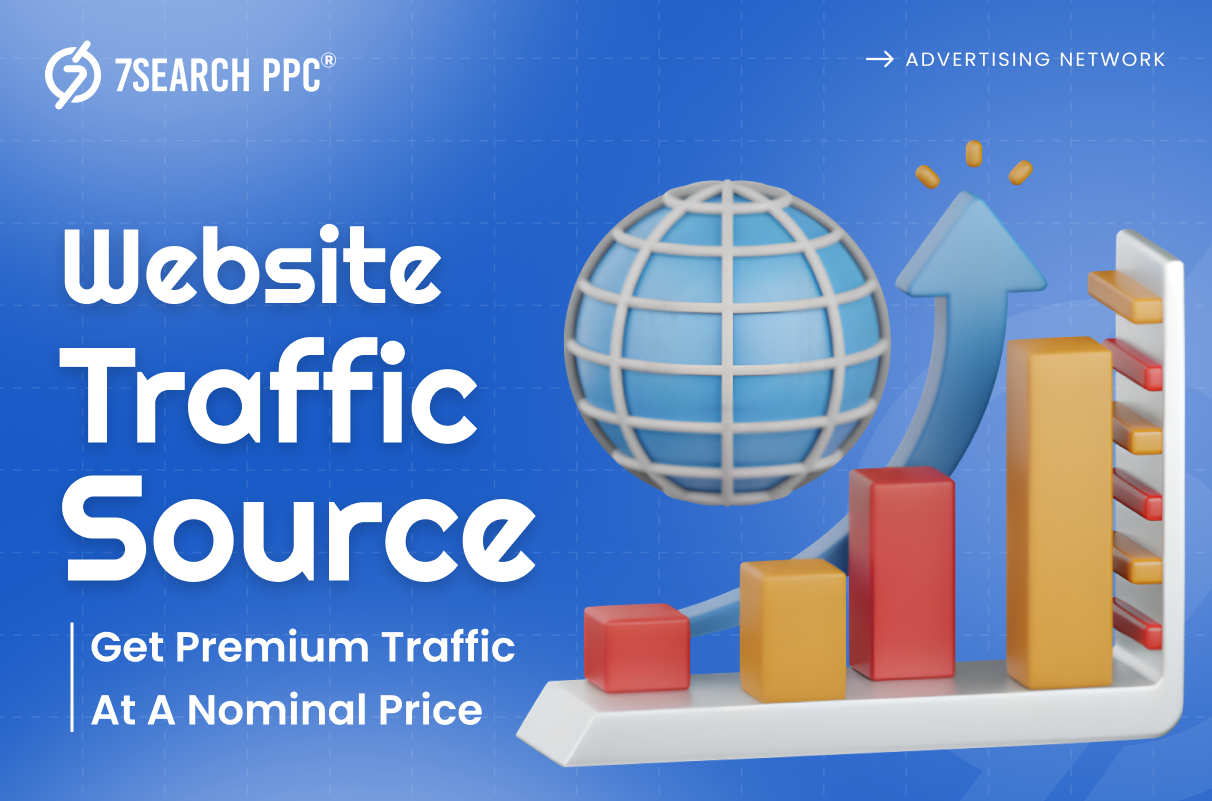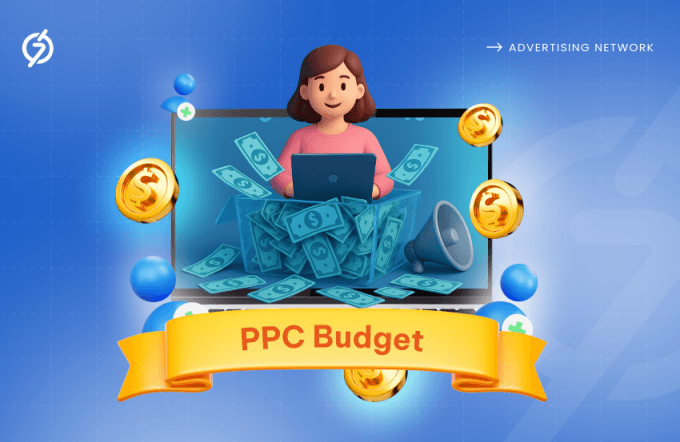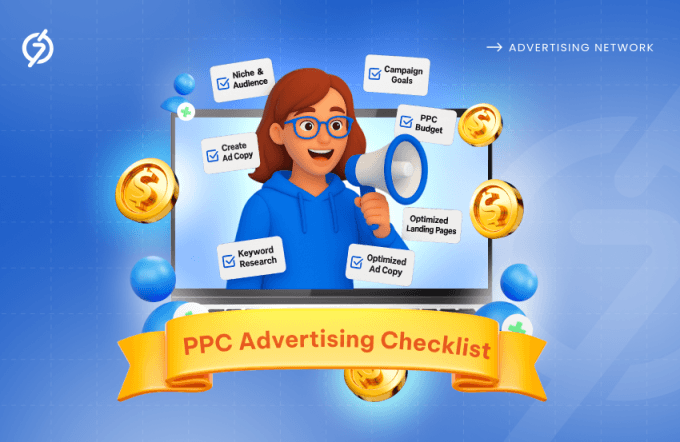So, you’ve monetized your website but haven’t been able to see high returns yet. One of the reasons could be poor management of ad inventory. Have you ever come across a website with ads popping up everywhere? If that’s how your website looks, it’s time for a change. But if you haven’t even started yet, it’s time for an upgrade.
As a publisher, you want to maximize your returns and ensure a seamless experience for visitors. Your first thought might be that more ads mean higher returns. But who’s going to stay on a website where all they can see is ads? What you need to do is find a balance that provides the best of both worlds.
In this blog, we will disclose a few tips that will help you improve your ad inventory management.
Ad Inventory: What’s Your Total Advertising Space?
Ad inventory refers to the total advertising space a publisher has on their website, which they are willing to put up for sale for advertisers to purchase.
Earlier, this whole process used to be a direct negotiation between the advertiser and publisher. But nowadays, the rise of ad networks has made this exchange extremely unproblematic.
Advertisers and publishers don’t have to run around to find the best deal. Publishers can simply register their ad inventory with an ad exchange or network, set up their rates, and wait for advertisers to bid on it through an auction. The one who wins the auction gets to display their ad on the ad space.
Now, if you’re wondering what makes ad inventory so important for publishers, allow us to explain. One of the major sources of earning for a blog is through ads. So publishers need to find the highest price possible for the little space they have.
Types of Ad Inventory
All available ad spaces are not the same. Most of them differ in their functionalities and prices. Here’s how it can be classified:
Premium Inventory
Premium inventory includes high-quality ad spaces that offer the most engagement and viewability. Top-tier advertisers always sought out these ad spaces, making the bid to compete fairly high. But as expensive as it is, better returns are always guaranteed with customized targeting options and better ad formats. Ads on the homepage and above-the-fold placements are great examples of premium placements.
Remnant Inventory
Remnant inventory refers to ad spaces that are yet to be sold. They can be considered ‘unsold’ or ‘remaining’ inventory. They remain unsold as the publisher might not be able to sell them within a certain time frame or at the desired price. Other reasons can also be limited targeting or low demand. Such inventory is often suitable for advertisers with a lower budget or a very specific motive.
Ad Inventory Management: Get The Most From Your Ad Space
Ad inventory management can be termed the process of organizing and optimizing the advertising space. During the entire process, you need to keep three things in mind: the needs of the advertisers, the preferences and experiences of the website visitors, and your own revenue. Based on all these factors, you need to adjust, allocate, and utilize your ad spots to the best of your potential.
For publishers, the biggest use of inventory management is effectively serving the right ads to the right users at the right time. This leads to competitive bids and, ultimately, helps in maximizing revenue. You can make sure that each ad slot is filled with high-quality and relevant ads.
For website visitors, this enhances the user experience. Once ads on your website are strategically placed, users are less likely to find them interruptive. Moreover, this also helps you preserve a professional and crispy look for your website, leading to better user satisfaction.
For advertisers, inventory management is the gateway to higher user engagement. When you serve relevant ads to the right users, the click-through rates and conversions will naturally increase.
Tips for Effective Ad Inventory Management
When you effectively optimize ad inventory, what you’re left with is a well-organized framework and free time in your hands. Utilize the following tips to get there.
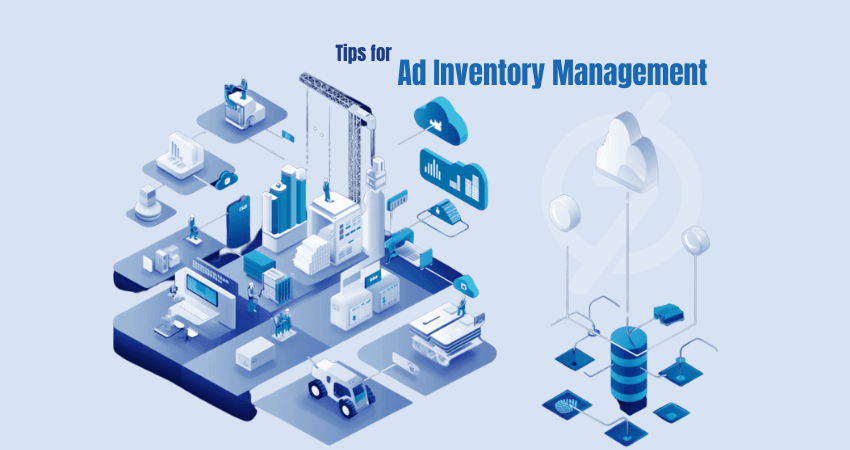
Shift to Programmatic Advertising
Selling ad space becomes so much easier with programmatic advertising. Using technologies provided by ad networks, advertisers can automate the entire selling process. All your inventory will be able to secure the most optimal bids. Plus, you’ll save a lot of time when you don’t have to continuously contact and negotiate with advertisers separately. This helps you find the best value for your ad spots and ensure a constant ad supply in the least amount of time.
Diversify the Variety of Ad Formats You Offer
The ad formats you choose to display on your website make a huge difference in your revenue. Nowadays, advertisers have increasingly been opting for banner, native, and video ads. Having them in the list of ad formats you offer will increase the demand for your ad inventory, making the advertisers bid higher.
Set Optimized Floor Prices
When setting floor prices, don’t undermine the value of your ad spots. Floor price refers to the minimum amount set by the publisher for the number of ad impressions or clicks. These ensure that the publisher’s advertising inventory isn’t sold for less than what the ad spot is worth. But very often, publishers set a comparatively low floor price, thinking that no one will pay for their ad inventory. This causes them to lose a large proportion of their revenue.
To set optimized floor prices, start by analyzing the historical data and industry benchmarks. Based on these insights, current demand, and the quality of your website traffic, you can balance out the floor prices.
Customize Your Ad Placements
How do you designate your ad placements for the best returns? Believe it or not, ad placements play a major role in user engagement. For instance, if an ad is placed below the fold, it will have low visibility and even lower clicks. But it will be more visible if placed at the top or on the side as a banner- making advertisers pay more. This is why customizing ad placements is so important.
The goal here is to increase the visibility and engagement of ads on your site. You can customize your ad placements by first examining website data and heat maps. How does the users’ experience look? Where do they spend the most time on your page? Based on these insights, choose your ad placements strategically.
Keep Up With Performance Metrics
Even as a publisher, it’s equally important to keep up with performance metrics. Take a pause once in a while and evaluate what’s going on behind the scenes. Analyze the ad inventory fill rate, CPC or CPM, and user engagement that ads on your website get. This real-time and updated data will help you keep your strategy on track.
Whether it’s about upcoming trends, changes in consumer preference, or advertiser demand, your advertising inventory needs to be upgraded enough to maintain its value.
Uphold High-Quality Inventory
Another important thing you need to focus on is upholding a high-quality inventory. The quality of ad inventory depends on a variety of things- authenticity and integrity of ad traffic, targeting abilities, and context and relevancy of ad placements. It also ensures that ads are seen by real people instead of bots.
To maintain high-quality inventory, remove all underperforming and ad spaces. Focus on providing better targeting, superior traffic, and user-friendly ad placements. Remember that, ultimately, it’s all about achieving higher engagement and retention rates.
Adopt Header Bidding
As a publisher, all you want to do is maximize your revenue from ad monetization. Wouldn’t it be better if you could showcase your advertising inventory through multiple demand partners? You can easily maximize your revenue by expanding the competition and choosing the highest bid request.
Header bidding is a programmatic advertising technique that allows you to offer your inventory to various ad networks and exchanges at the same time. By implementing it, you gain access to a broad number of advertisers and find better fill rates for your inventory.
Conclusion
In the long run, managing your ad inventory is a vital direction towards monetizing your website. Websites with proper inventory management systems set in place are the ones able to make the most profit. So you definitely cannot ignore it. With the correct strategies, you can enhance the user’s experience, utilize ad spots better, make better relationships with advertisers, and take your revenue to a higher level.
Frequently Asked Questions (FAQs)
What is ad inventory management?
Ans. Ad inventory management is the process of optimizing and organizing the advertising space in a way that generates maximum returns.
How can I effectively manage ad inventory?
Ans. You can effectively manage inventory by optimizing your ad placements, testing, setting appropriate floor prices, say updated with performance metrics, and opting for a programmatic system of advertising.
How does inventory management help me earn better?
Ans. Managing inventory helps you increase its value, ultimately attracting higher bids and increasing the amount you get from displaying ads.
What are some effective tools for ad inventory management?
Ans. Programmatic ad networks, header bidding tools, and data analytics tools come in handy for inventory management.
What influences the value of ad inventory?
Ans. The value of inventory will be influenced by factors like the quality of website traffic, visitor demographics, ad placements, seasonal changes, targeting capabilities, and ad formats.

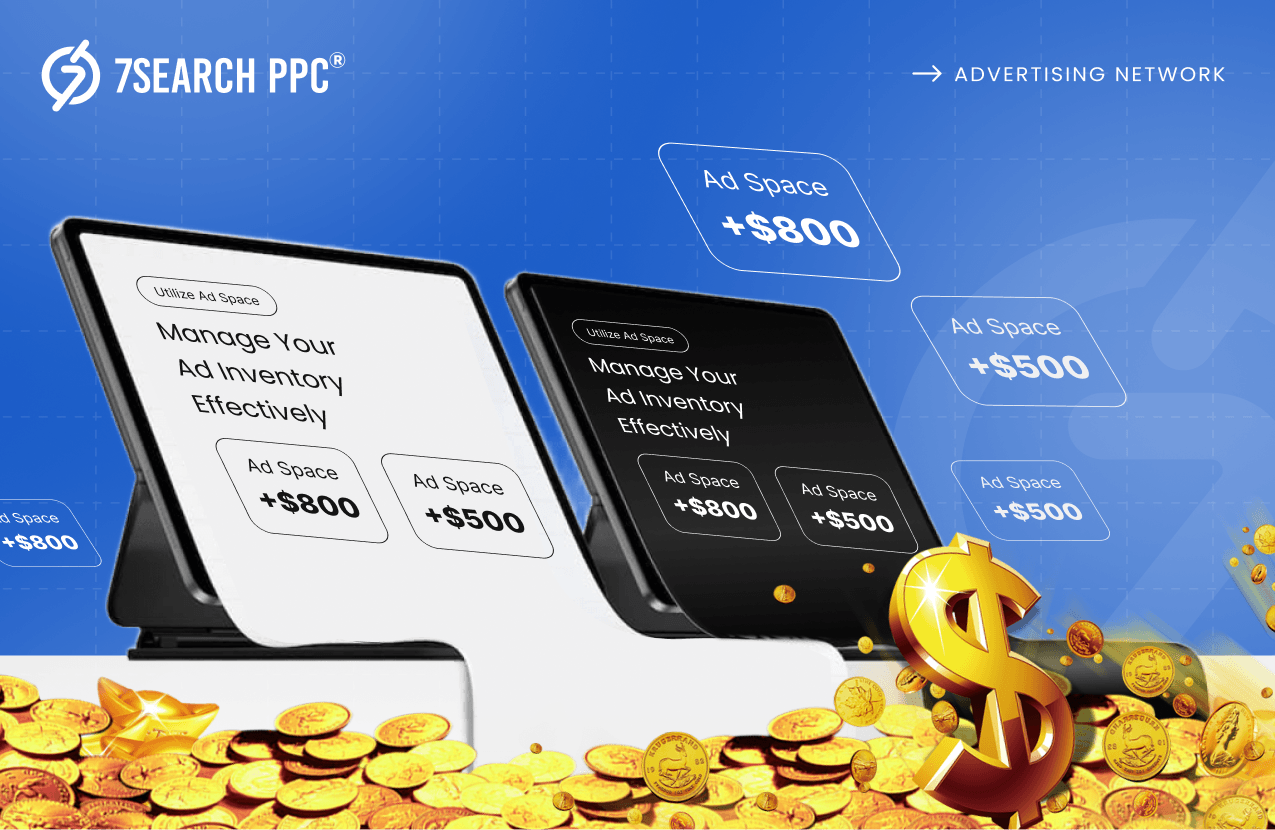











![Sports Advertising Campaign Ideas: [2026 Events + Ad Strategies Explained] 4 Sports Advertising](https://www.7searchppc.com/blog/wp-content/uploads/2025/11/Sports-Advertising--680x442.png)
